A lot of new road bike gear flooded out in 2013, from an onslaught of new power meters to a flurry of disc brakes — and a subsequent flurry of disc brake recalls…
My 'best of 2013' list comprises three categories: best in class, the new and surprising, and old favorites.
BEST IN CLASS
Shimano Dura-Ace Di2 9070
Yeah, yeah, Cancellara prefers mechanical Dura-Ace over Di2. Good for him. I love the new Di2 for its luxury feel performance. The hoods and sculpted levers couldn't fit my hands better. And how many times have I had to adjust the front or rear derailleur on my Di2 bike this year? Hmm… zero.
The so-called sprint shifters are great, and I find I shift more with them on the bike – occasionally when sprinting, but mostly just fine-tuning my cadence as I'm spinning along in the drops. Is it a huge change from just shifting at the levers? Not really. But you unlike STI levers, where you have to balance position of the hoods with optimal positioning of the brake levers when in the drops with shifting positioning, with these little sprinter guys you can stick them exactly where you want them. With the plug 'n' play junction box, you can also pop on aero bars with Di2 shifters for an event.
I dig the new BCD, which lets you run 53/39 or 52/36. And the chainrings are crazy stiff.
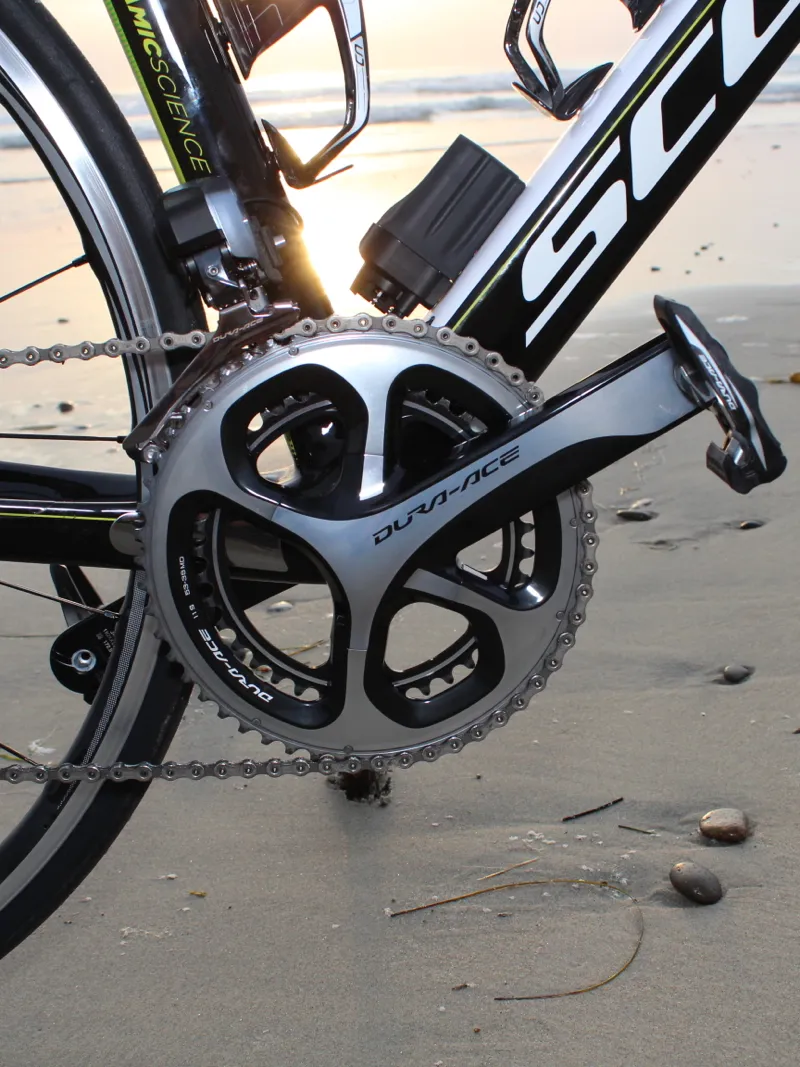
Rapha Pro Team jacket
For years, I held onto an old team jacket by Giordana for cold rides because of its feel and function: fleecy and warm but not suffocating, with a svelte, race cut. Now I go for the Rapha Pro Team jacket, for the same reasons – plus the fact that it looks good. Granted, as a grown man who wears tight pants in public, I realize I am not fit to judge aesthetics. But my wife, who generally rolls her eyes at cycling apparel, actually likes this one. So there's that.
The Rapha Pro Team jacket uses the breathable but windproof Polartec on the front, and the plush Super Roubaix fabric elsewhere. Rapha's signature arm band is reflective.This is a jacket that fits and feels more like a fleecy, longsleeve jersey, but with more protection from the cold.
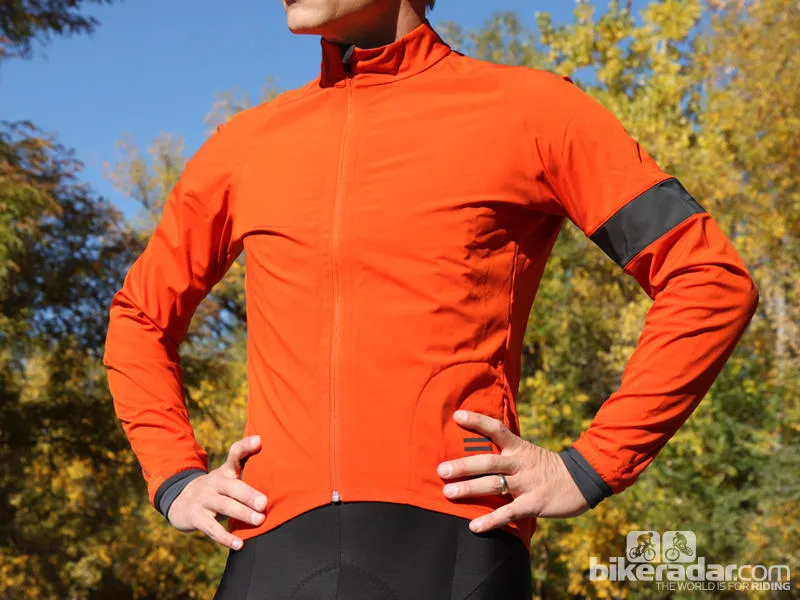
Islabikes Cnoc and Beinn kids bikes
I can't say enough good things about Islabikes. While perhaps old news to families in the UK, Islabikes is new to the US this year.
Most kids bikes, even the more expensive ones you find in bike shops, are heavy in relation to their riders, and the geometries are not always ideal, especially for littler riders. Islabikes, by contrast, builds bikes with light aluminum frames and rims, plus a remarkable attention to detail. From light-action brakes and shifters, to small-diameter grips, to narrow Q-factor cranks, to low bottom bracket heights, Islabikes lead the way for what kids bikes should be.
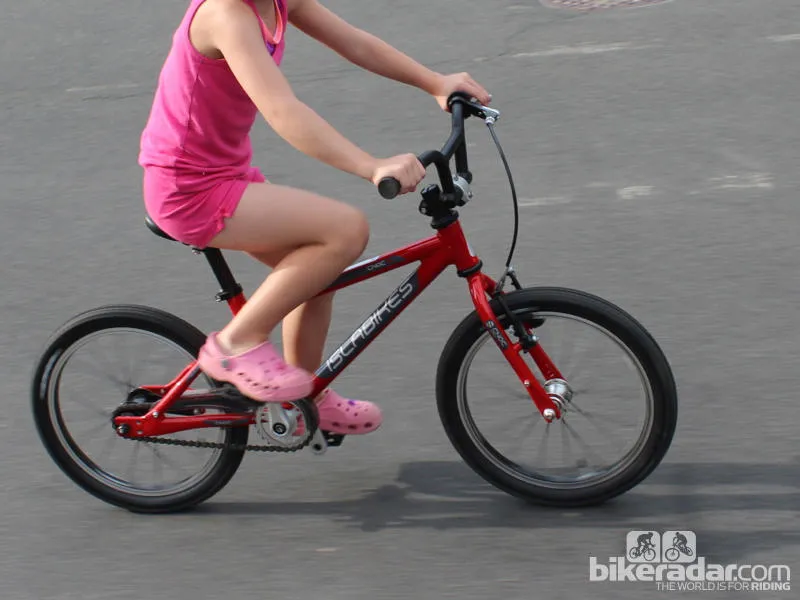
NEW AND SURPRISING
TrainerRoad
While testing the Wahoo Kickr power trainer, I stumbled across TrainerRoad, and quickly became hooked. For a small monthly fee, you can plug into an extensive menu of specific workouts and associated training plans. The cool part is how the software tracks your effort — via trainer-adjusted speed or power — to keep you on track with real-time data plus a simple red/green indicator. With a click you can minimize TrainerRoad to sit at the bottom of the screen so you can watch Netflix or whatever as you slug through the workout.
If you have a Kickr, a CycleOps PowerBeam Pro or a CompuTrainer, then TrainerRoad automatically adjust the wattage resistance along with the workout, so you basically have a CompuTrainer class at home. Super cool. If you're stuck on the trainer this winter, definitely check this one out.
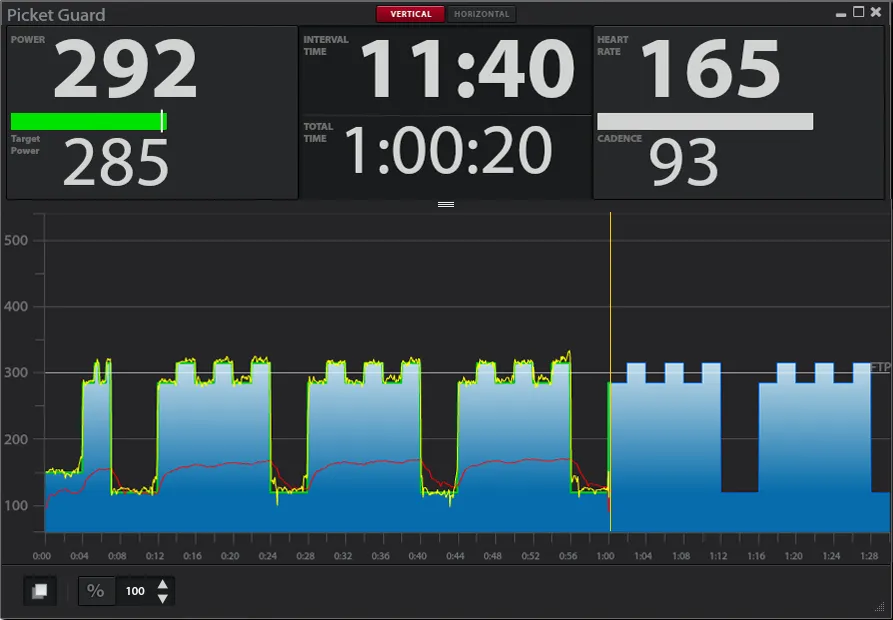
More options in power meters
For years, you had two real options for power meters: SRM and PowerTap. This year, Garmin finally came out with its Vector, Stages has made a big splash with its left-crank-arm meters, and a host of other players upped their game or jumped into it for the first time.
As with other product categories, competition among companies can only benefit you and me. Which one is best? That depends, as veteran coach Joe Friel has succinctly put it, on "what type of problem you want to have". Meaning, do you want to be chained to a particular crank, pedal set or wheel?
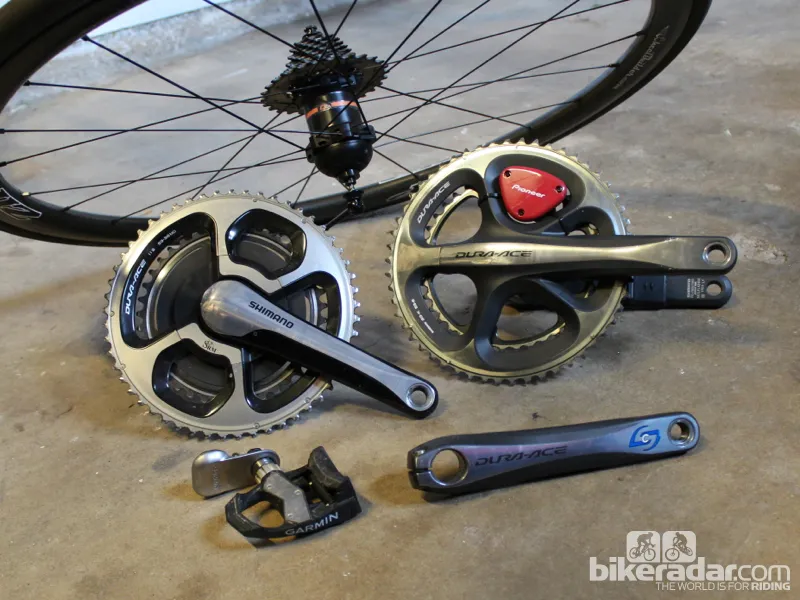
Garmin Edge 510
My favorite ANT+ cycling computer of 2013 is the one I chose not to buy. Damn it. Earlier this year I replaced my trusty old Garmin Edge 500 that I lost with another 500. After studying the feature sets of the 500 and the 510, the cheap side of me won out, and I bought the 500. And I regret it.
Feature-wise, they are quite similar, with user-configurable screens showing all the metrics you want for power, heart rate, time, distance, elevation, and so on. The 510's color touchscreen functionality is cool, but not earth shaking. The two things that cause me to envy my buddies their computers? A much faster signal location (thanks to GPS and GLONASS), and the ability to wirelessly upload rides through a smartphone. For now, Garmin is defensively restricting that upload ability to its own GarminConnect software, but I'm hopeful that they will soon open this up to Strava, Training Peaks and others.
In the meantime, if you're on the fence between the 500 and the 510 — ante up. You'll be glad you did.
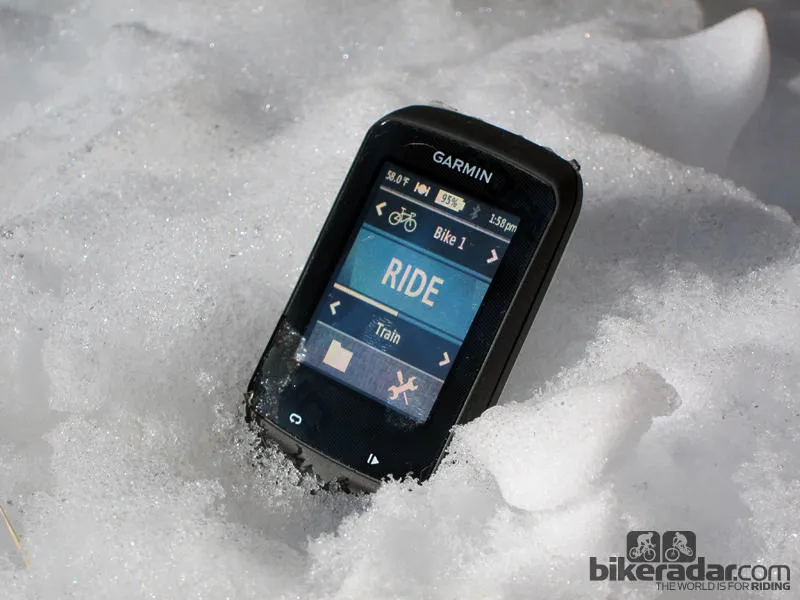
OLD FAVORITES
ProGold ProLink chain lube
Don't you just love a grimy, filthy drivetrain that looks like an oil-spill disaster? No? Me either. ProLink chain lube is a degreaser and lube in one, which streamlines the whole process. You just apply it to the chain at the cassette while backpedaling, add a little to the jockey wheels, then wipe off the excess with a rag, cleaning the whole operation in the process. Easy.
Unlike a thick-oil-based lube that can attract a messy build-up, ProLink is thin and water- and muck-repellant. I live in Colorado, where it is dry most of the time; my friends in the UK or the rainy US north-west might not able to get away with such a thin lube. But for me, the end result is ideal: a clean, quiet drivetrain and chain-scrubbing brushes that sit completely unused.
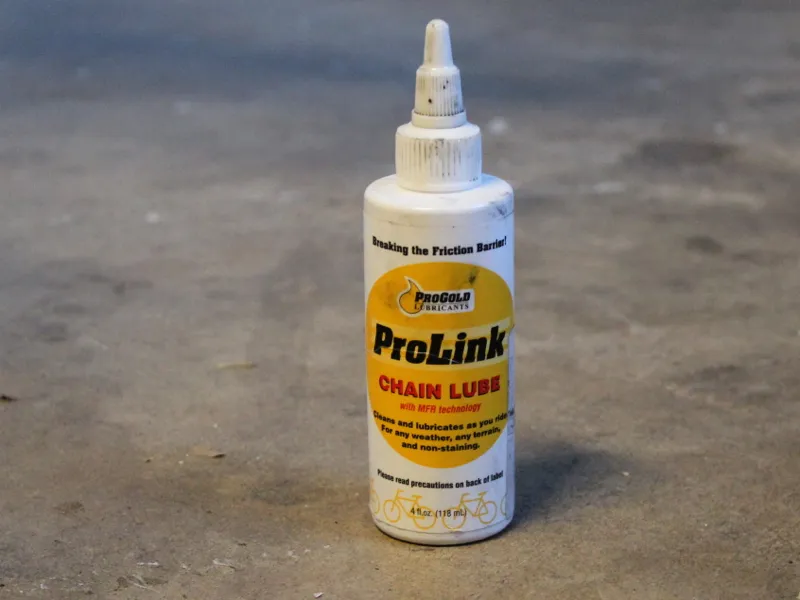
Tiny CO2 inflators
Once upon a time we all had a frame pump, a hearty tool that spanned the length of the top tube. As frame shapes became more organic — and riders like me became lazier — frame pumps went the way of the dodo. Now we have two basic choices: mini pumps or CO2 devices. And mini pumps suck.
For years, I've been riding with a CO2 or two tucked into a small saddle bag with a tube, a lever, a safety pin (for plucking out debris) and a small CO2 breaker. I buy recyclable cartridges in bulk at sporting goods stores, where they are cheaper than in bike shops.
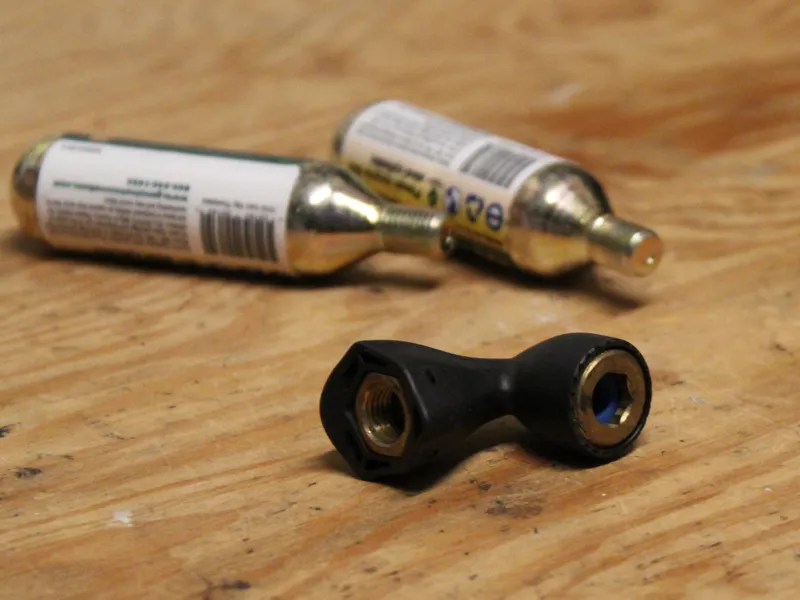
Strava
Strava goes with me on every ride. After dabbling with the social media fitness app for the latter part of 2011, I've been a wholesale convert for the last two years, using either the iPhone app or the web-based software with a Garmin religiously. I use it primarily as a ride (and run) diary. This time of year, it's cool to look back over the previous months, and reminisce about the great rides you've done.
While those of you in serious training will appreciate TrainingPeaks for its deeper analytics, Strava does have basic short- and long-term metrics that are nicely displayed.
I use Strava when on the road to find places to ride or run, either with the Route Finder or just looking around at local Segments. The competitive, KOM-aspect is all fine and good, but not a regular draw for me; I live in Boulder, where the names at the top of the leaderboard are usually pros, if not Olympians. Still, it's fun to marvel at the times others can produce.
